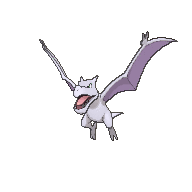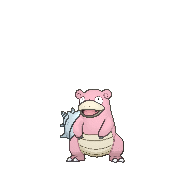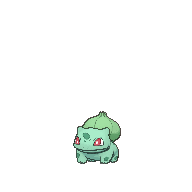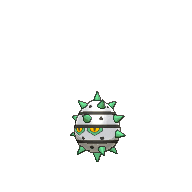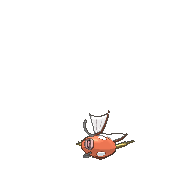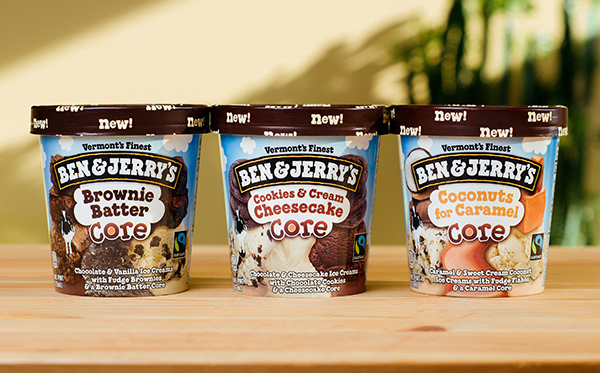By Chrispy294
A lot of eyes were on Pokemon this year. After the attention on Pokemon Go and this being both the series’ 20th anniversary celebration as well as the start to its seventh generation, many were expecting Sun and Moon to be the best entries in the series. Luckily, that’s mostly what we got.
Dawn of a New Day
The first thing experienced players will notice, and part of what makes Sun & Moon so great, is how fresh and new they feel. Gone is the familiar structure of chasing after Gym Badges, instead, being replaced by the similar yet original Island Challenge. Players now traverse the Alola Region’s four islands finding different Trial Captains and completing their Trials, each ending with an entertaining boss fight against a Totem Pokemon. While most of the game is still pretty lenient, players complaining of last generation’s easier difficulty will be glad to know these Totem Pokemon put up more of a challenge. With buffed stats, improved movepools and the ability to call in helpful Ally Pokemon, these battles may give some players trouble. After each of these battles as well as the big battles against each island’s Kahuna, the player receives Z-Crystals instead of badges.
This results in a much more natural progression where players traverse and complete tasks on the islands instead of in isolated buildings scattered around the region. Furthermore, these Z-Crystals are far more practical than Badges, allowing players to give their Pokemon an extra boost in battle. Each Z-Crystal has one of the 18 types assigned to it, and giving it to a Pokemon knowing a move of the same type allows it to use a powered-up supermove. They’re definitely a bit overpowered in the beginning, but become practically essential as the difficulty ramps up near the endgame.
The region itself is gorgeous to look at. Heavily inspired by the United State of Hawaii as well as several other island cultures including Japan, Polynesia, and Australia, the Alola Region features many distinct locations across its four islands. Everything from the environments to the character and Pokemon models look better than ever.
It’s a shame then, that the framerate can’t quite keep up. I wish this was just limited to more intense battles, but any battle featuring more than one Pokemon on one side of the field suffers visually. Even the new Pokemon Refresh feature chugs along if you’re interacting with a large Pokemon. It’s too bad Game Freak couldn’t find a way to improve the visuals like this without performance suffering as a result.
Another big change to the formula is the removal of those annoying Hidden Machines. Instead, players will smash rocks, fly over the region and surf on water using new Ride Pokemon, each given as the player progresses. This is a very welcome change, freeing up your Pokemon’s moveslots for more useful moves.
All of these changes also come with a new story, one that obviously makes a better attempt at entertaining the player than past entries’ poor excuses to catch the Legendary Pokemon. Characters are more fleshed out, the story actually has some twists and turns and it actually ends up resulting in the player feeling like they actually accomplished something. It’s not perfect though. Dialogue can be cringe-worthy, especially for Team Skull although those boneheads aren’t the only offenders. Characters like Hau, while potentially helpful for younger children who may get confused with some of the game’s events, ends up being way too over-the-top with his “Captain Obvious” statements. I promise you, kids playing this game are not so dumb that they need a token character shouting out the meaning of each event as it happens. That being said, even with its flaws, the story for Sun & Moon is leaps and bounds above previous entries. The presentation of important scenes helps as well, giving even the most boring events a more cinematic and engaging feel.
Finally, you can’t talk about new additions to Pokemon without mentioning the new Pokemon themselves. While there are a few stinkers (*cough cough* Bruxish), most of the new Pokemon are delightful, both in looks and in battling capability. Many of them such as Mimikyu and Salazzle come not only with new type combinations, but new moves and abilities as well. It will be very interesting to see how these new monsters shake up the competitive scene. Furthermore, Game Freak also added new Alolan Forms of Generation 1 Pokemon. Some of them, like Raichu and Marowak, are great while others like Raticate and Persian seem more like a downgrade. Luckily, the ones that do work give some of your old favorites new tools to use in battle and are fun to use on your adventure.
Don’t Fix What Ain’t Brokémon
Even with all the big new changes, the core of Pokemon remains mostly the same. Developer Game Freak were smart in approaching this however, choosing not to fix what wasn’t broken but also not to completely ignore it either. The same addictive, rock-paper-scissors style, turn-based battles still play out the same, but the new layout gives players a lot more to look at. Info such as current stat changes, exact effects of moves and their type effectiveness that was once multiple clicks away or not available in-game at all are now all easily accessible in the battle menu. This takes a lot of the guesswork and memorization out and overall leads to a more streamlined experience. If ever someone wanted to dive into Pokemon for the first time, Sun and Moon would be the perfect entry point for them.
Poke Amie is back as well, now called Pokemon Refresh. It serves mostly the same purpose, allowing players to interact and form bonds with their Pokemon, but this time with a few added bonuses. Players can now enter Pokemon Refresh with their favorite buddies immediately after battle, given that they took enough damage or have a status condition. Here, they can clean them off and even cure their status condition without using a healing item. When you step back and look at it, it’s a very small adjustment but one that led to me spending much more time using the feature than I normally would have.
Competitive players will rejoice at the small tweaks they’ve made to training as well. Super Training unfortunately has been replaced by Bouncing Houses that take a finnicky currency system, but Horde Battles have been upgraded with the new SOS system. Basically, a wild Pokemon can call in an ally if they get too hurt. This may seem worse than battling five Pokemon at a time, however Game Freak cleverly upped the number of Effort Values gained in these battles, meaning you’ll earn Effort Values even faster using the usual items and Pokérus.
Hyper Training is also a welcome addition and a dream come true for many players, allowing players to skip Individual Value Breeding in lieu of using bottle caps to increase these values. Changes like these really go a long way in improving the experience for competitive Trainers looking to prep for battle and will hopefully lead to more people getting involved competitively.
A Journey for Old and New
Overall, Game Freak did a phenomenal job innovating on some of the more outdated aspects of the Pokemon franchise while making sure to keep what was already working up to snuff. It’s truly a remarkable experience for all players, giving veterans a breath of fresh air while providing newcomers with an exciting launch point for their Pokemon journey. Pack that in with the most gorgeous Pokemon Region yet as well as a wonderful Hawaii-inspired soundtrack, and you have yourself a winning formula. Even with some story hiccups and the aforementioned visual glitches, I’m hard pressed to give Sun and Moon anything other than a glowing recommendation.
Score: 9.1/10
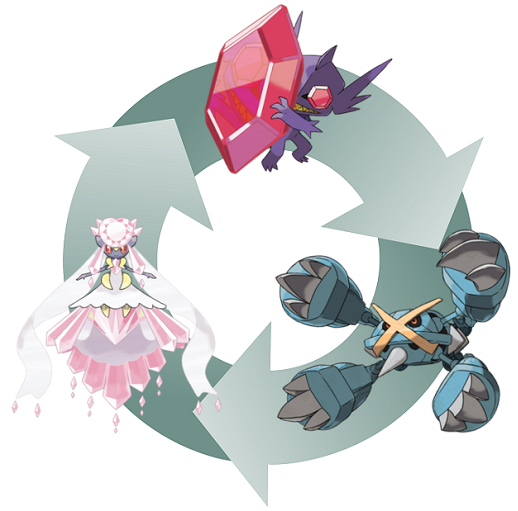










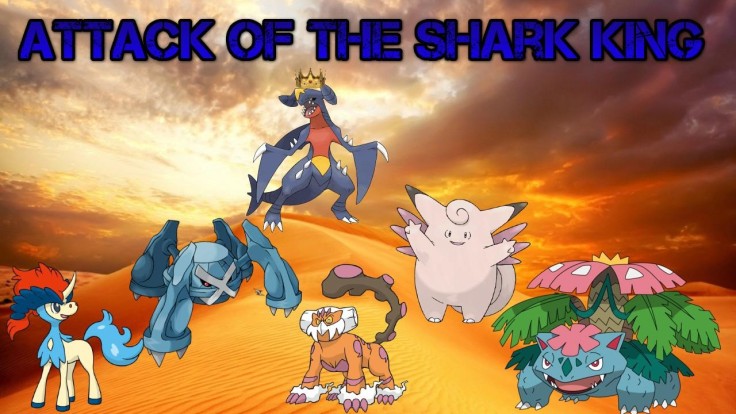




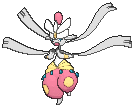


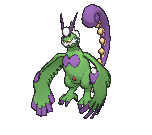
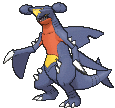





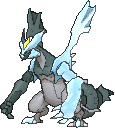







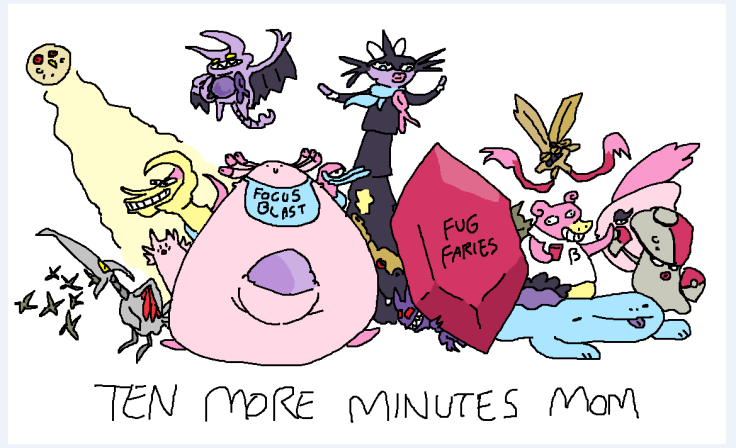

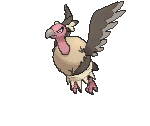
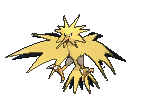





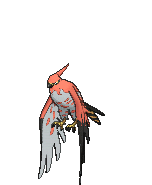





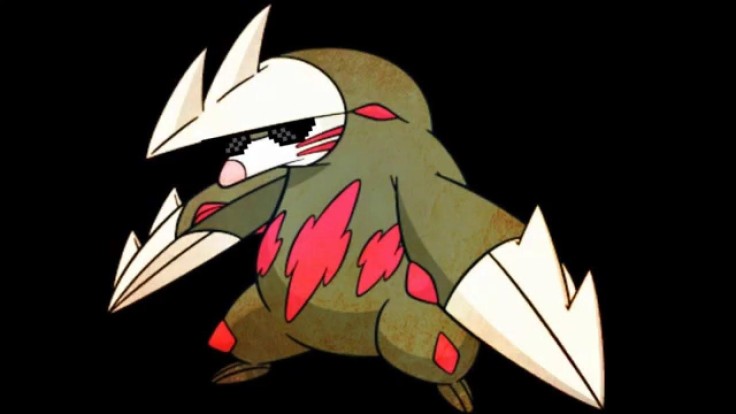

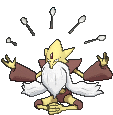


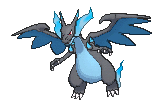


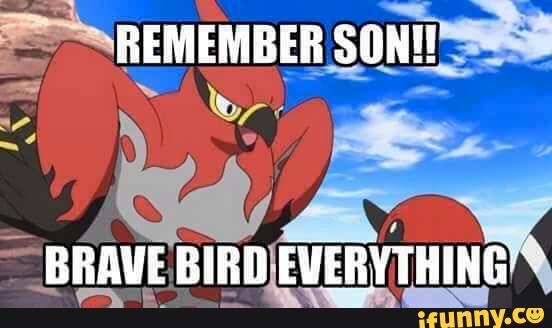
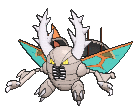




 Critical Hit Abuse
Critical Hit Abuse
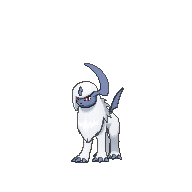
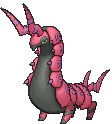











 Skilled Linkers
Skilled Linkers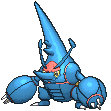

 SwagPlay
SwagPlay


